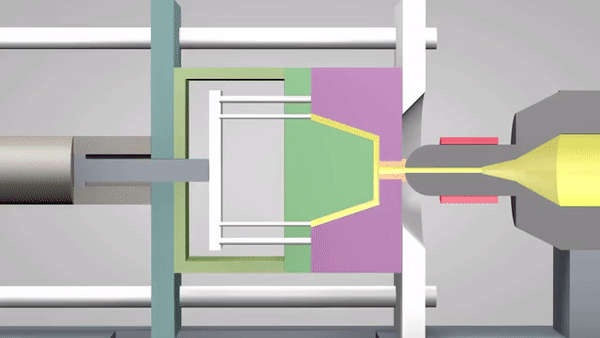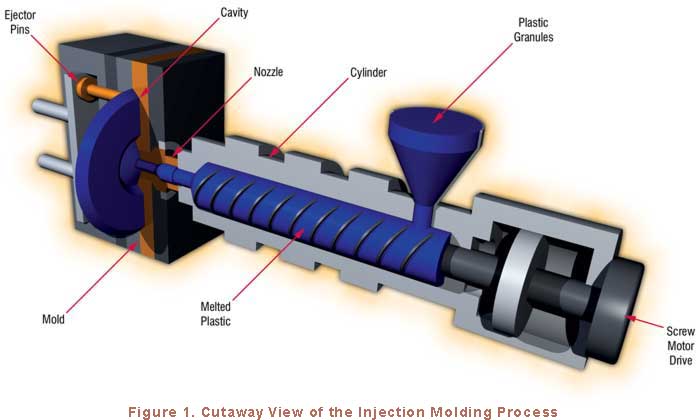Additive Manufacturing - The Factss
Wiki Article
Hon Hai Precision Things To Know Before You Buy
Table of ContentsSome Known Details About Oem Some Known Details About Lean Production The Mfg StatementsThe Only Guide for Plastic ManufacturingThe Main Principles Of Mfg The Main Principles Of Oem
The text on this page is a sample from our full White Paper 'Shot Moulding for Customers' - * Example text * - for full guide click the download button above! Introduction This guide is intended for people that are wanting to source plastic mouldings. It gives a much needed understanding right into all that is included with developing plastic parts, from the mould tool needed to the moulding procedure itself.If you intend to explore further, the overview covers sorts of mould devices, as well as unique finishing procedures such as colours & plating. Words that are underlined can be discovered in the reference in the appendix ... Part I: Moulding: The Basics The Advantages of Shot Moulding Plastic shot moulding is an extremely accurate process that supplies several benefits over various other plastic processing methods.
Accuracy is excellent for really detailed components. Contrasted to various other strategies, moulding permits you to integrate more attributes at really small tolerances. Have an appearance at the photo to the. You can hold this moulding in the hand of your hand and it has bosses, ribs, steel inserts, side cores and openings, made with a moving shut off function in the mould tool.
The Buzz on Manufacturing Industries


from product feed & melting; product injection; cooling down time and also ejection to the re-closing of the mould device all set for the next cycle. Draft angles - The wall surfaces of a moulded part should be somewhat tapered in the instructions in which the part is expelled from the mould device, to allow the component to be expelled conveniently.
Ejector stroke - The pushing out of ejector pins to eject the moulded component from the mould tool. Ejector stroke rate, size as well as timing needs to be very carefully regulated to protect against damages to the ejectors and mould tool, but at the very same time make the moulding cycle as brief as feasible.

Some Known Facts About Plastic Manufacturing.
Ribs - When a plastic component has thin walls, ribs are added to the style to make the thin walls stronger Side cores - Side activity which produces a feature on a moulded component, at an opposing angle to the regular opening instructions of the mould tool. die casting. The side core requires to be able to pull back as the plastic component can not be ejected otherwise.
Walls - The sides of a moulded part The message on this web page is an example from our full White Paper 'Injection Moulding for continuous production Buyers'.
Shot moulding is commonly utilized for making a selection of components, from the tiniest components to entire body panels of cars and trucks. Advancements in 3D printing technology, utilizing photopolymers that do not melt throughout the injection moulding of some lower-temperature thermoplastics, can be utilized for some easy shot moulds. Injection moulding uses a special-purpose equipment that has 3 components: the injection device, the mould as well as the clamp.
The Main Principles Of Oem
, with the volume utilized of the former being considerably higher.: 13 Thermoplastics are prevalent due to features that make them extremely ideal for injection moulding, such as simplicity of recycling, versatility for a vast range of applications,: 89 and capacity to soften as well as flow on home heating.In several cavity moulds, each dental caries can be similar and develop the same components or can be distinct as well as create multiple various geometries during a solitary cycle. Moulds are normally made from tool steels, however stainless-steels as well as aluminium moulds appropriate for sure applications. Aluminium moulds are commonly ill-suited for high quantity manufacturing or get rid of slim dimensional cloud inventory manufacturing materials tolerances, as they have inferior mechanical residential properties and are a lot more prone to use, damage, as well as contortion during the shot and also clamping cycles; nevertheless, aluminium moulds are cost-efficient in low-volume applications, as mould construction prices and time are substantially reduced.
The screw supplies the raw product forward, mixes as well as homogenises the thermal and also thick circulations of the polymer, and decreases the needed home heating time by mechanically shearing the product and also adding a considerable quantity of frictional home heating to the polymer. The product feeds forward with a check valve and accumulates at the front of the screw into a quantity called a shot. When sufficient product has actually gathered, the material is compelled at high pressure and speed into the part forming tooth cavity. The precise amount of shrinkage is a function of the resin being made use of, and also can be reasonably foreseeable. To stop spikes in pressure, the process normally uses a transfer position representing a 9598% complete dental caries where the screw changes from a consistent rate to a consistent stress control.
Examine This Report about Die Casting
The packing pressure is applied up until the gate (dental caries entrance) solidifies. Due to its small size, the gate is typically the first location to strengthen via its whole thickness.: 16 Once the gate solidifies, no more material can enter the cavity; appropriately, the screw reciprocates as well as obtains product for the following cycle while the product within the mould cools down so that it can be expelled as well as be dimensionally steady.Report this wiki page